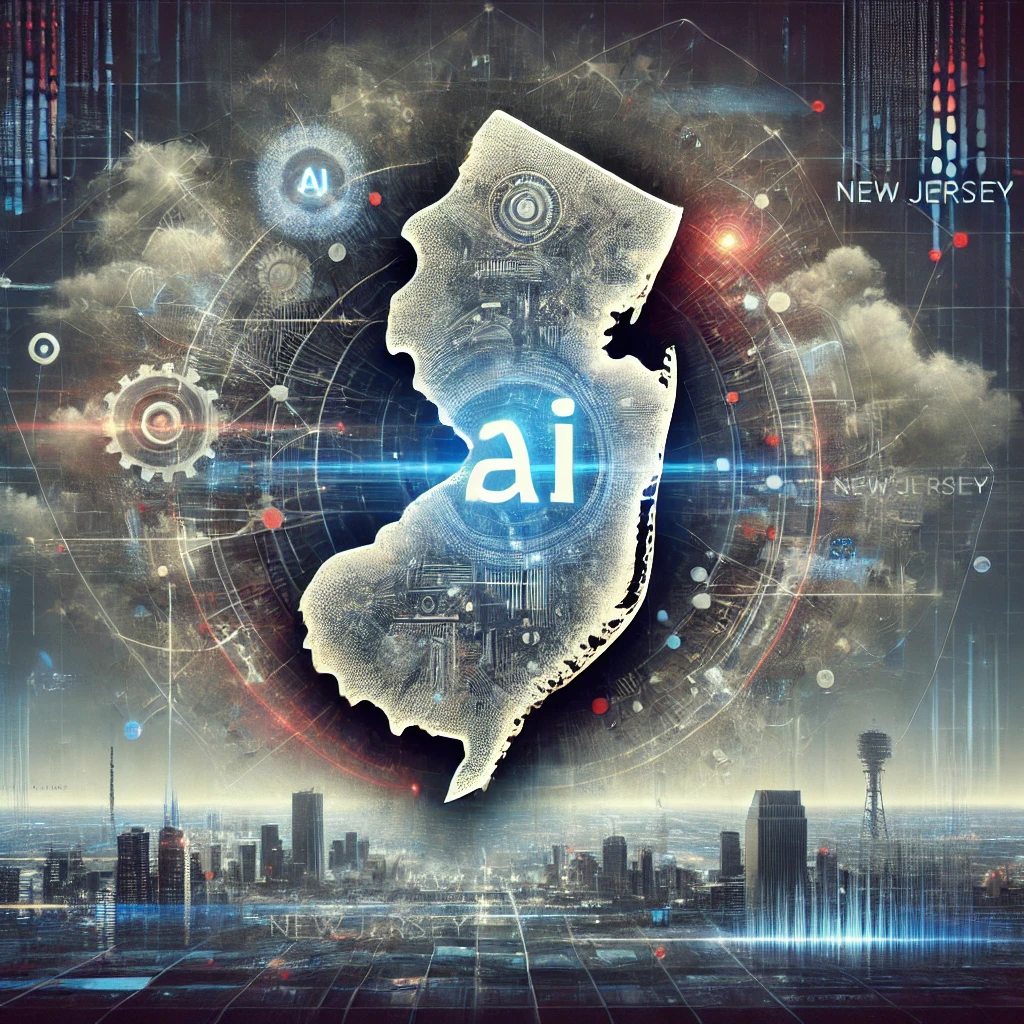As artificial intelligence (AI) technologies continue to evolve and find applications in diverse industries, ensuring that these systems are stable and reliable is paramount. Unstable AI—an AI system that does not consistently produce the intended outcomes or behaves unpredictably—can have serious consequences for businesses, consumers, and even entire communities. This article explores the concept of “Unstability AI 862 5790522 NJ,” focusing on understanding the causes, impacts, and mitigation strategies specific to New Jersey and its tech landscape.
What Does “Unstability AI” Mean?
“Unstability AI” refers to any instance where AI technology malfunctions, produces errors, or exhibits unintended behavior that can disrupt its functionality. An unstable AI system might produce incorrect results, act in ways that are harmful to users, or make decisions that are counterproductive. In critical sectors such as finance, healthcare, and transportation, these issues can lead to disastrous outcomes, underscoring the need for stable, reliable AI systems.
Why Is AI Stability Important?
The stability of AI systems is vital for several reasons:
1 Trustworthiness: For Unstability Ai 862 5790522 Nj to be widely adopted, users need to trust that the technology will function as intended. Instability can erode this trust.
2 Safety: In fields like autonomous driving, unstable AI can endanger lives. Consistency is crucial to ensure public safety.
3 Financial Impact: Businesses rely on AI to improve efficiency and decision-making. An unstable AI system can lead to costly errors or losses.
4 Ethical Concerns: Unstable AI can make biased or unethical decisions that harm certain user groups or violate regulations.
Common Causes of Unstable AI
Understanding the causes of AI instability can help developers, businesses, and policymakers take steps to prevent it. Here are some key reasons why AI systems might become unstable:
1. Insufficient Training Data
AI relies on large datasets for training, and the quality of this data significantly impacts the AI’s stability. If the data is incomplete, biased, or outdated, it can result in unpredictable or inaccurate behavior.
2. Complex Algorithms with Limited Transparency
Many AI models use complex, multi-layered algorithms. This complexity can make it challenging to understand how an AI system makes decisions, which leads to “black box” AI. Without transparency, it becomes difficult to predict and control AI behavior.
3. Lack of Regular Updates
AI systems need regular updates to adapt to new information and changing environments. Failure to update can make the system obsolete or unable to handle new scenarios effectively.
4. Human Error in Model Development
AI is developed by humans, and mistakes in the design or coding phases can lead to issues that cause instability. Even a small error can have significant consequences, especially in large, autonomous AI systems.
5. Overfitting and Underfitting Issues
Overfitting occurs when an AI model is too closely tailored to its training data, while underfitting happens when it fails to generalize from the data. Both problems can lead to instability when the AI system encounters real-world scenarios that differ from its training.
The Impacts of Unstable AI in New Jersey
As a growing technology hub, New Jersey has a vested interest in the safe and stable deployment of AI. Unstable AI could affect several industries within the state, from healthcare to finance and beyond.
1. Healthcare and Medical Applications
In the healthcare sector, AI plays a critical role in diagnostics, patient management, and treatment planning. An unstable AI system could lead to misdiagnoses or incorrect treatment recommendations, posing severe risks to patient safety and wellbeing.
2. Transportation and Public Safety
With the rise of autonomous vehicles and AI-powered traffic systems, unstable AI could lead to accidents or malfunctions that jeopardize public safety. For example, an AI-driven traffic system experiencing instability could fail to control signals accurately, causing disruptions.
3. Finance and Banking
AI is widely used in the financial sector for everything from loan approvals to fraud detection. An unstable AI system in this area could lead to financial losses, security breaches, or erroneous decisions affecting consumers and businesses alike.
4. Manufacturing and Supply Chain
New Jersey’s manufacturing sector increasingly relies on AI to optimize supply chains and streamline production. Unstable AI systems can disrupt supply chains, leading to delays, wastage, and lost revenue for businesses.
How to Detect and Mitigate AI Instability
Detecting and mitigating AI instability is essential for ensuring that AI applications are safe, reliable, and efficient. Here are some strategies to reduce the risk of AI instability:
1. Improving Data Quality
Ensuring that AI models are trained on high-quality, diverse, and up-to-date datasets is crucial. Companies can use rigorous data vetting processes to reduce the likelihood of instability resulting from poor data quality.
2. Regular Testing and Monitoring
AI systems should undergo continuous testing, particularly when deployed in real-world environments. Real-time monitoring allows developers to detect instability early and make necessary adjustments before problems escalate.
3. Explainable AI (XAI)
Implementing explainable AI methods allows developers and users to understand the reasoning behind an AI system’s decisions. This transparency can help identify potential instability sources and make the AI system more predictable.
4. Periodic Model Retraining
Regularly retraining AI models on new data helps ensure they remain relevant and adaptable. This is especially important in rapidly evolving fields like healthcare and finance.
5. Human Oversight
Human-in-the-loop (HITL) approaches involve human intervention in the AI decision-making process, reducing the risk of unintended outcomes. In critical applications, HITL can serve as a safeguard against instability.
6. Compliance and Ethical Guidelines
Following ethical standards and regulatory guidelines, such as New Jersey’s own AI regulations or broader U.S. federal AI guidelines, can help ensure that AI systems meet stability and ethical standards. Compliance requirements often promote transparency, accountability, and robustness in AI systems.
New Jersey’s Role in Supporting AI Stability
With New Jersey’s active role in technology and AI development, the state can take several steps to address the risks of AI instability:
1. Public-Private Partnerships: Collaborating with private companies, research institutions, and government bodies can create a cohesive approach to AI stability.
2. AI Literacy and Training: Educating developers, business leaders, and policymakers on AI stability will help ensure they understand the risks and necessary precautions.
3 Investing in AI Research: Funding and supporting AI research initiatives focused on stability and safety can help mitigate the risks of unstable AI systems.
4. Establishing Regulatory Frameworks: Working with other states and federal authorities, New Jersey can help set standards and guidelines for AI stability to ensure safe AI adoption across various sectors.
The Future of AI Stability in New Jersey
As AI technology continues to grow in complexity and impact, addressing issues related to “Unstability AI 862 5790522 NJ” is critical for New Jersey’s economic and social wellbeing. By focusing on robust data practices, regular monitoring, and ethical oversight, stakeholders can work to mitigate the risks of unstable AI. The future of AI stability will depend on ongoing collaboration between developers, regulators, and users to ensure that AI systems remain safe, reliable, and beneficial for society.
Conclusion
AI instability is a pressing concern, particularly as AI becomes more integral to daily life and high-stakes applications. Unstable AI systems can undermine public trust, compromise safety, and incur financial costs. By understanding the causes and impacts of AI instability, stakeholders in New Jersey and beyond can take steps to develop and deploy stable, ethical, and secure AI systems.




